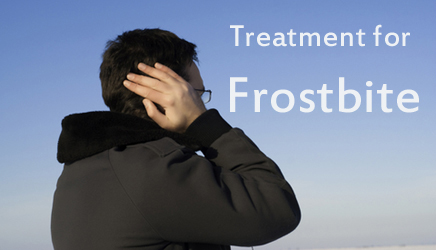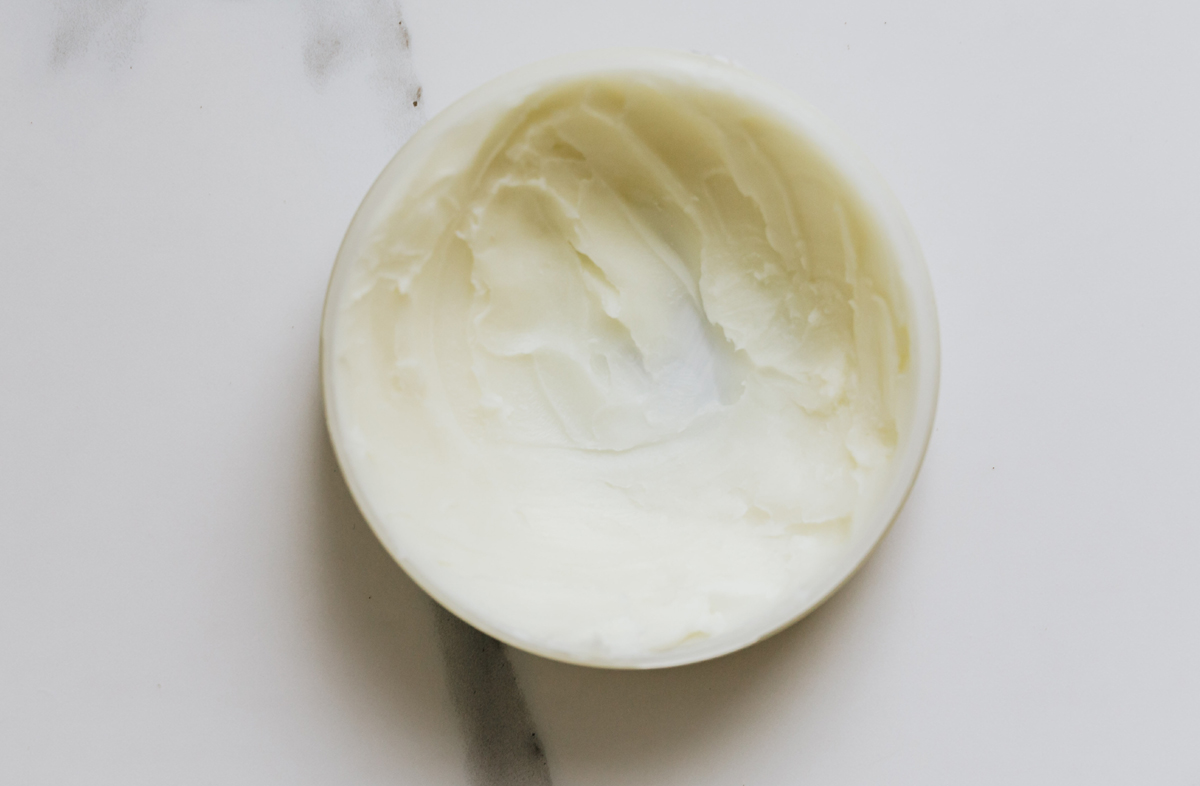Treatment for Frostbite

Frostbite occurs when skin and other tissues are exposed to very cold temperatures. It can occur within minutes following exposure to extreme temperatures, or even in above-freezing temperatures if there is a strong wind (wind chill) or if the person is at high altitude or wet. Frostbite usually affects the hands, feet, nose, cheeks, and ears. Superficial frostbite injures the skin and tissues just beneath it, but usually does not permanently injure tissue. Deep frostbite, which also affects muscle, nerves, and blood vessels, may result in tissue death, a condition known as gangrene.
Move to a warm area to prevent further heat loss.
Note that many people with frostbite may be experiencing hypothermia. Saving their lives is more important than preserving a finger or foot.
Remove all constrictive jewelry and clothes because they may further block blood flow
Wrap the area in clean bandages, separating fingers and toes. It is very important to keep the skin clean in order to avoid infection. After the area has been re-warmed, the skin will be discolored and will blister. The blisters should not be broken, and should be covered using a sterile dressing.
Mix some antibacterial soap with water and immerse the affected body part in the solution, for about 5 minutes. This will minimize the risk of infection.
Now, let the affected area air dry. Thereafter, apply some aloe vera ointment on it, very delicately.
Finally, cover the area with dry sterile gauze and insulating layers. Make sure to be very gentle while doing the same.
If the frostbite is superficial, new pink skin will form underneath the discolored skin. The area will usually recover within six months, although some people have permanent problems, such as pain, numbness, and stiffness in the affected area. Another treatment for frostbite is, physiotherapy which can be used to improve blood circulation.
“Previously severe frostbite was a one-way route to limb loss. This treatment is a significant improvement,” says George R. Edmonson, interventional radiologist with St. Paul Radiology in St. Paul, Minnesota, in a press release. “Half of the patients who would normally have to undergo amputations, were able to keep all fingers, hands, toes and feet.”
Keep the affected part elevated in order to reduce swelling. Move to a warm area to prevent further heat loss. Note that many people with frostbite may be experiencing hypothermia. Saving their lives is more important than preserving a finger or foot. Remove all constrictive jewelry and clothes because they may further block blood flow. Give the person warm, nonalcoholic, non-caffeinated fluids to drink. Apply a dry, sterile bandage, place cotton between any involved fingers or toes (to prevent rubbing), and take the person to a medical facility as soon as possible.
Among the patients who received the therapy, 10% of affected fingers and toes were amputated compared to 41% of those who did not receive therapy. None of the treated patients required limb amputations compared to 14 in the control group.
The researchers suspect that the blood clot-dissolving therapy helps reduce the injury caused when frozen skin is warmed again. Inflammation during thawing typically stimulates clotting that blocks small blood vessels, leading to cell death. Because the therapy reverses this clotting, blood flow is restored before permanent damage happens.
Anti-clotting drugs are recommended for patients with severe frostbite within 24 hours of injury and within 24 hours of re-warming. Further research is needed to determine the optimal ways of administering the drugs in terms of timing, duration, and route.
The Author:
Ayushveda.com








